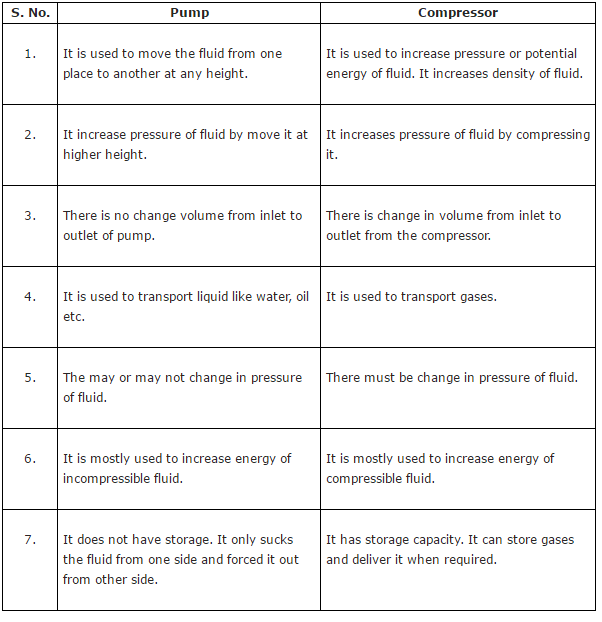Horsepower and torque are very useful when you buy a vehicle of a rotary machine. Before discussing on this topic, first you should learn about the meaning of torque, horsepower and RPM.
What are Torque, RPM and Horsepower?
Torque:
Torque is measure of rotary force. It is works as force works in linear motion. When a torque is applied on a shaft it rotates or tends to rotate if the torque is not sufficient. In simple words, the rotary force applied on a shaft to rotate it is known as torque.
In mathematically torque is the product of tangential force applied on a shaft and the radius of shaft. The SI unit of torque is N-m (Newton meter).

RPM:
RPM is the unit or measure of speed in rotary motion. The rpm is stand for rotation per minute. If a shaft rotate 50 cycle per minute mean it has 50 rpm speed. Larger rpm means larger speed.

Horsepower:
Horsepower is the unit or measure of power. Power is the capacity of do work. Larger power means, more work can do in smaller time.
Mathematically work done per unit time is called power or product of force and velocity is called power. But in rotary motion Torque is stand for force and RPM for velocity so the product of torque and RPM is called power. The SI unit of power is Watt ( J/s). It is equal to the power needed to move 1N weight bar to one meter in one second. Watt is a very smaller unit so we used KW and Horsepower (HP) to specify a machine power. One horsepower is equal to the 735 Watt.

Horsepower vs Torque:
As we know that horsepower is a unit or measure of power and torque is measure of force in rotary motion. In any rotary machine power is measured at highest rpm and the torque is at lowest rpm. If a vehicle is specified 400 HP @ 2000RPM means its maximum power is 400HP. If The same engine is specified as 2000 N-m @ 1300rpm means it give maximum torque is 2000 N-m.
The torque is measure of force applied to move the vehicle and the Horsepower is measure of rate of work done.
Torque plays a very important role while choosing a vehicle. Suppose two vehicles one is a truck and other one is a sports car. Both have same Horsepower 400 HP but both vehicles are with different each other. Sports car can't pull a heavy load like 1MT or a truck can't run on speed like 200Kph. The main difference between these machines is torque. A truck has a higher torque compare to sport vehicle so it can pull more load but due to power is function of product of torque and RPM so it has low RPM or speed. In the other hand the sport car has high RPM but low torque which gives it high speed. Both machines have same power but gives different uses.
It is seen like that a 1 kg block is move 10 meter or a 10 kg block is move one meter. Both have same power but have different pull force. These are key difference between them.
The more torque gives high starting power or gives more pickup to vehicle. So next time, when you go for buy a vehicle considered both Horsepower and torque and remember torque is pulling force and power means product of torque and RPM.























